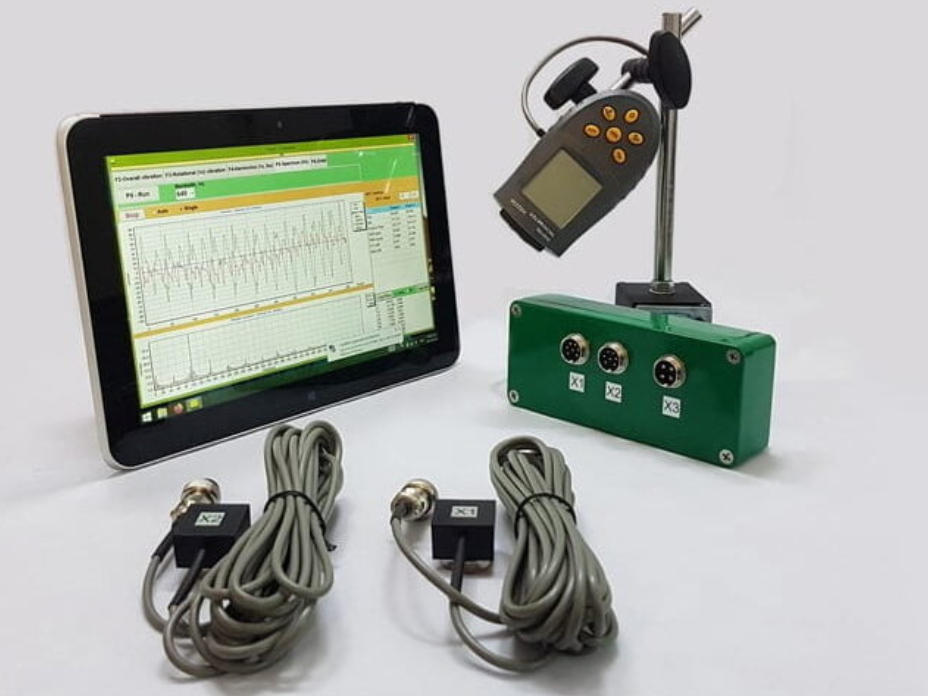USDCHF runs out of steam The USDCHF Read this Term see post from yesterday outlining the level as a key target ). That level comes in at 0.94958. Today, the price extended even higher to test the swing highs going back to June 2020 near 0.95318, but found sellers, and has now been caught up in the USD selling.
That selling in the USDCHF has now taken the price back below the 50% retracement at 0.94958. The price is now retesting the lower swing area between 0.9459 at 0.9472 and finding some support buying. On the daily chart, traders will now re-watch the 0.94958 or 50% retracement level as resistance/bias defining level.
Drilling to the hourly chart below, the USDCHFs move to the downside cracked below a broken trendline on its way to the low for the day. That low for the day has seen support buyers come in ahead of its rising 100 hour moving average. That level comes in at 0.94514 currently.
A move below the 100 hour moving average would give sellers more comfort. Traders would next target the 38.2% retracement of the move up from the April 12 low. That level comes in at 0.94403. Getting and staying below the 100 hour moving average and 38.2% retracement are minimum targets on a corrective if the sellers are to take more control after the recent run higher.
Alternatively, holding 100 hour moving average level and the correction lower may have reached its corrective limit.
On the topside watch the underside of the broken trendline for potential resistance. That level currently comes in at 0.9492.
USDCHF find some support buyers against its 100 hour MA ADVERTISEMENT – CONTINUE READING BELOW











